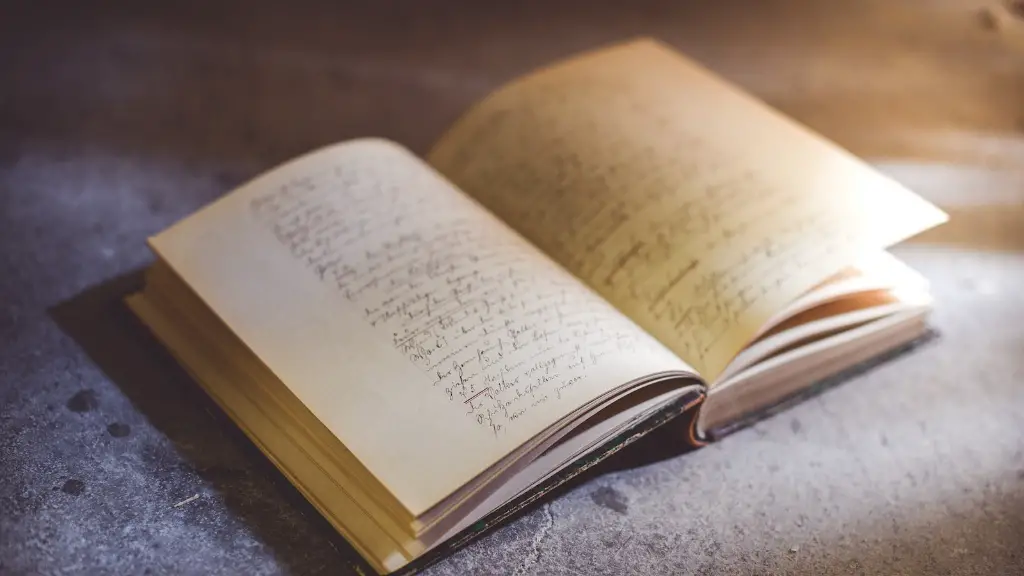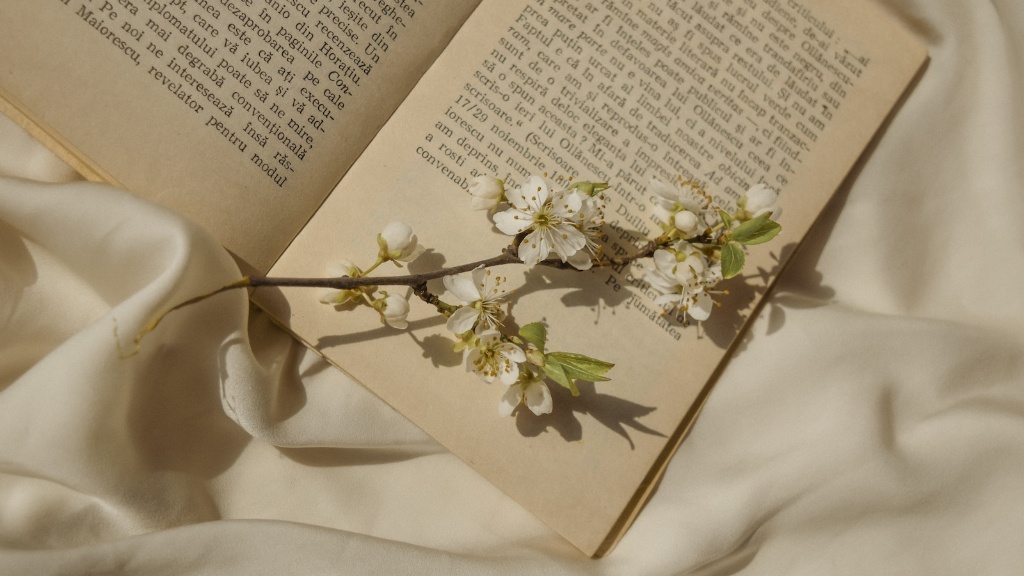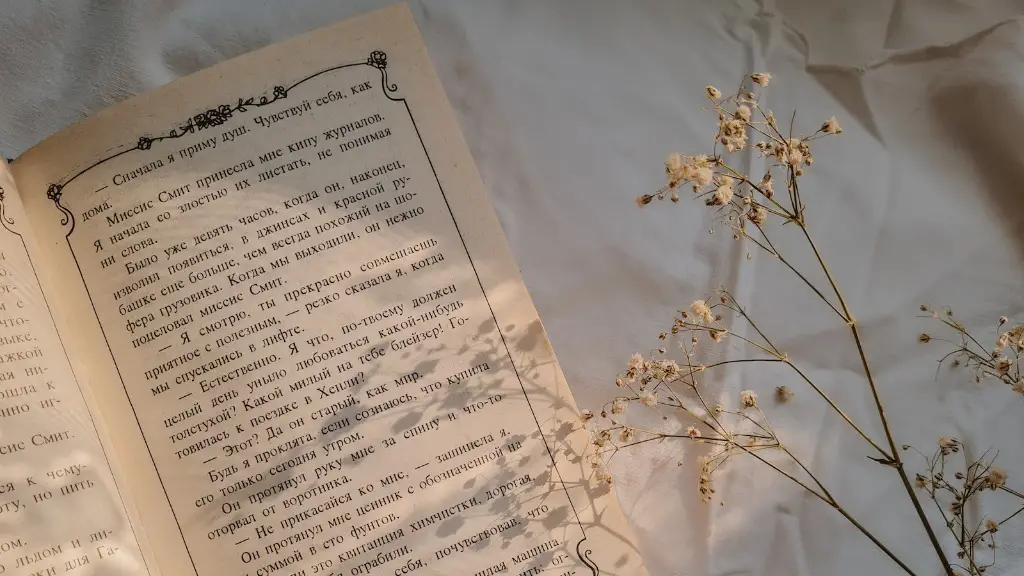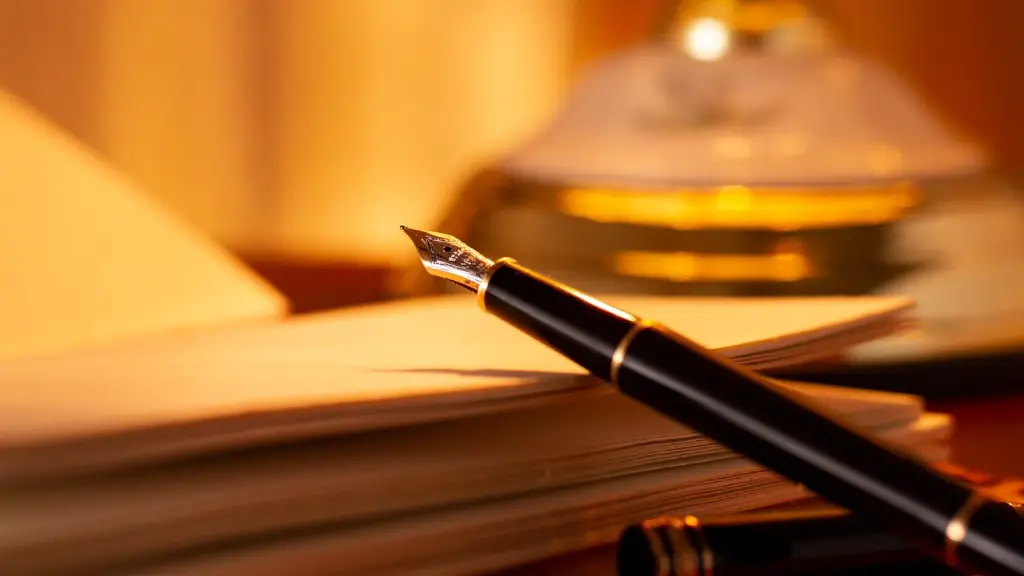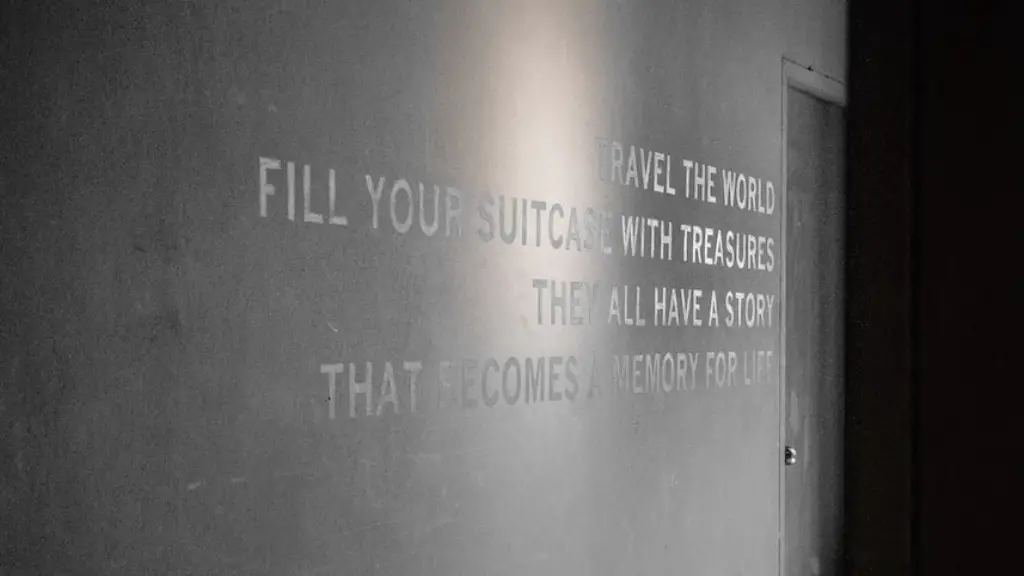Poetry has the power to evoke emotions, culture, ideas, and beliefs through the use of imagery. Analysis of these images can unlock a poem’s true meaning, and help reveal its powerful messages. Here are some tips on how to analyze imagery in a poem.
Firstly, start by looking at the poem as a whole. Consider the title, the poem’s form, and the context in which it was written. This will help you understand the poet’s overall message. You then need to work through each line, picking out any imagery or symbolism that appears. For example, in Robert Frost’s “Stopping by Woods on a Snowy Evening,” the poem talks about a woods with a “frosty ground.” This description of the ground directly conveys the idea of the cold winter day, while also symbolizing the narrator’s feeling of loneliness.
It’s important to make connections between the words in a poem and not just focus on individual lines. For example, in Margaret Atwood’s “Variations on the Word Sleep,” the poem talks about a “deep and utter” sleep. Here, the words “deep and utter” suggest a form of finality or death. It’s also important to consider how the imagery affects the tone of the poem and how it influences the reader’s emotions.
When analyzing imagery in a poem, it’s important to look for any repetitive imagery or symbolism that may be used throughout. This can give an insight into the poet’s true meaning and can bring out certain themes in the poem. For example, in Edgar Allan Poe’s “Annabel Lee,” the poem talks about there being a “kingdom by the sea.” This phrase is repeated throughout the poem, and is often used to symbolize the speaker’s longing and sadness at the death of his beloved Annabel Lee.
Another useful way to analyze imagery in a poem is to look at the different figures of speech used. Figures of speech are literary devices used to create vivid imagery or to make a comparison between two things, and can be used to convey the poet’s message in more interesting and creative ways. For example, in William Wordsworth’s “The World Is Too Much With Us,” the phrase “forlorn and shipwrecked” is used to convey the feeling of hopelessness and despair in the world.
Finally, it’s helpful to consider the overall effect of the imagery in a poem. Imagery can be used to evoke feelings of joy, sorrow, anger, and more. By looking at the overall effect of the imagery, you can gain a further understanding of the poem and its message. For example, in Langston Hughes’ “Harlem,” the imagery of “delayed dreams” conveys the idea of frustration and disappointment with racial injustice.
Understand the language used
When analyzing imagery in poetry, it’s important to pay attention to the language and imagery used. Images can be literal or figurative, and understanding the language used in a poem can help you better understand the poet’s meaning. Paying attention to the words themselves can also show you how the poet is painting a visual picture and their use of metaphors, similes, and other figures of speech.
For example, in John Donne’s “Batter my heart, three person’d God,” there is a stanza that reads “as yet the Myne’s uncharg’d; she goes to sea/With cups of Fire.” This stanza contains multiple layers of imagery, each of which conveys a different message. Here, the poem talks of a “cups of Fire,” which is a metaphor for the power of God, and “going to sea,” which is a metaphor for the spiritual journey of redemption.
It’s also important to think about the poet’s diction and the purpose of each word. This can help you understand the poet’s emotions and shed light on the poem’s overall meaning. For example, in W.B. Yeats’ “The Second Coming,” the poet talks about the “blood dimmed tide” which is a symbol of the impending chaos and destruction.
Analyzing the tone of a poem
When analyzing imagery in a poem, it’s also important to pay attention to the tone of the poem and the poet’s emotions. The tone of a poem can be described as the feeling that the poet is trying to convey, and can be either positive or negative. By understanding the tone of a poem, you can gain insight into the poet’s feelings.
It’s particularly helpful to pay attention to how the imagery is used to convey the tone. For example, in William Blake’s “The Tyger,” the poet talks about a “fearful symmetry,” which evokes a sense of awe and terror at the power of nature. Similarly, in Robert Frost’s “Stopping by Woods on a Snowy Evening,” the imagery of a “lovely, dark, and deep” wood conveys a sense of comfort and contentment in the midst of a harsh winter.
It’s also helpful to think about how the imagery can be used to create an atmosphere in the poem. This can often be used to create a stronger emotional connection to the reader. For example, in T.S. Eliot’s “The Love Song of J. Alfred Prufrock,” the imagery of the “overwhelming question” is used to evoke a sense of anxiety and insecurity in the narrator.
Finding the poem’s purpose
When analyzing imagery in poetry, it’s also helpful to consider the overall purpose of the poem. What is the poet trying to convey or say about the world? Often, identifying the poem’s purpose can help you better understand its message.
For example, in W.H. Auden’s “Musée des Beaux Arts,” the poem talks about how those in power often remain indifferent to the suffering of others. Here, the imagery of “ages hence” is used to convey a sense of despair at the apathy of those in power. Similarly, in William Butler Yeats’ “The Second Coming,” the imagery of the “blood dimmed tide” is used to evoke a sense of dread and foreboding at what is to come.
It’s also important to consider how the imagery is used to make the poem more engaging. Imagery can make a poem more interesting and can create a vivid picture in the reader’s mind. For example, in Edna St. Vincent Millay’s “First Fig,” the imagery of the “green fig leaf” evokes a sense of innocence, while also conveying the idea that innocence is fleeting.
Connecting the imagery to the poem’s theme
Finally, it’s important to consider how the imagery being used in a poem connects to its overall theme. Imagery can be used to emphasize a poem’s main point or to make a connection between different ideas and themes in the poem. For example, in Sylvia Plath’s “Mirror,” the imagery of an “ever-changing sky” is used to emphasize the poem’s theme of mortality and change.
It’s also helpful to identify any recurring imagery or symbols in a poem, as this can offer an insight into the poet’s true meaning. For example, in Robert Frost’s “The Road Not Taken,” the imagery of a fork in the road is used to emphasize the theme of decision-making and the consequences of those decisions.
Overall, analyzing imagery in a poem can offer an insight into the poet’s true meaning and help you understand the poem’s overall message. By looking for any recurring imagery or symbolism and considering the words used in the poem, you can gain an understanding of how the poet is conveying their message. Additionally, considering the overall tone of a poem and the theme or purpose of the poem can help you better appreciate its message.
